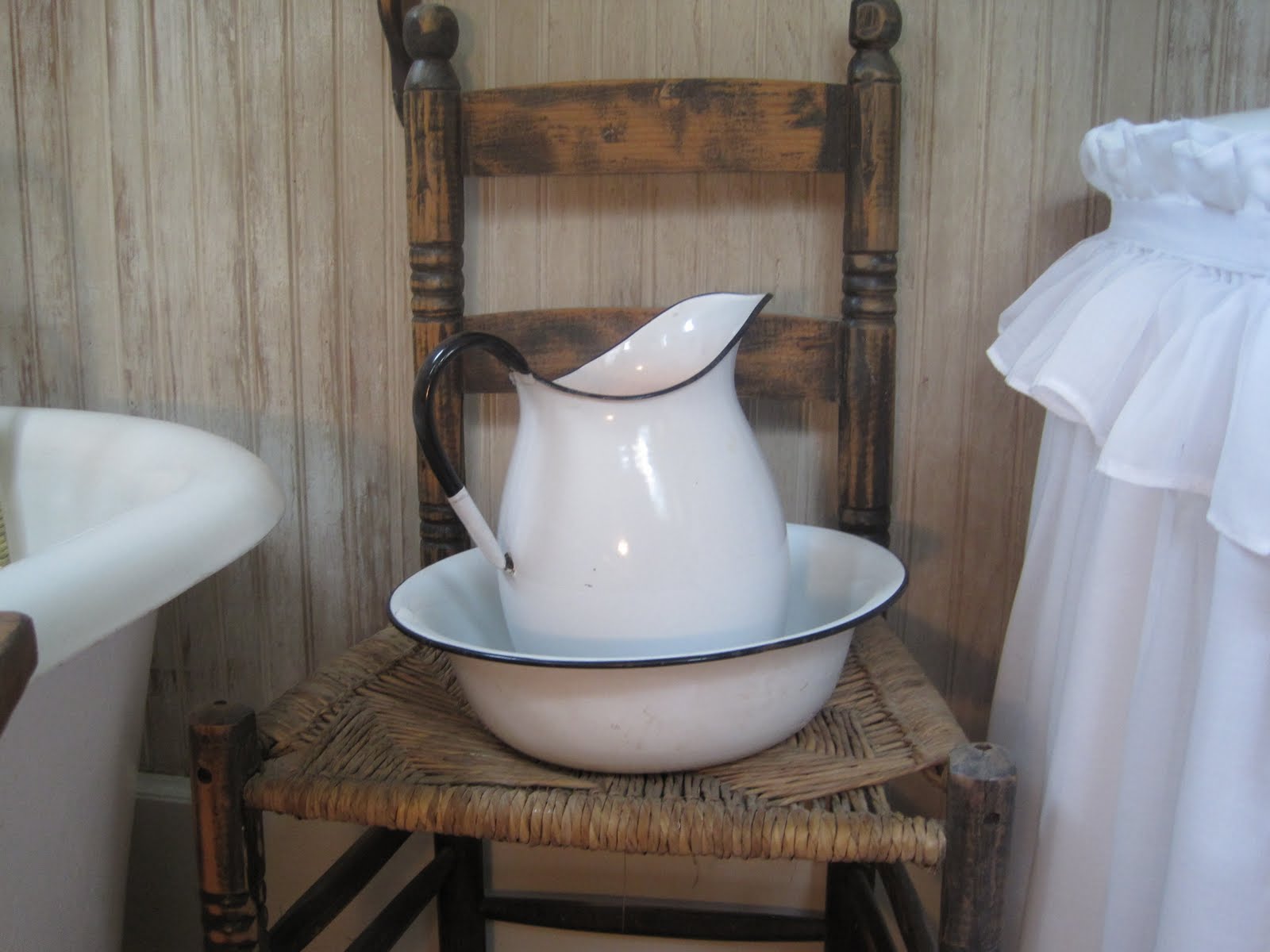Pottery and ceramics are the kinds of goods, goods made of clay that can generally be divided into two categories, the glazed and not glazed. Glazed earthenware not included comb pattern pottery with decorations from Neolithic Age, pottery from the Bronze Age smooth complexion, gray pottery from the period of the Three Kingdoms of Korea, China and Japan, the gray ceramics from Goryeo and Joseon periods and brown pottery jars old of modern times who named puredok. Glazed pottery with ceramic glaze starts green and black glaze pottery from the 9th century Silla period are found at the site Gurim furnace-ri and the bercirikhas onggi dark brown glaze that is used to store food. Furnishing of pottery, both glazed or not, has been used from prehistoric times to the present and is widely used in daily life of Koreans.
History of pottery emerged as the development of human civilization in prehistoric Korea, which is about 7000-8000 years BC. At first, only the Koreans and Chinese are capable of making quality pottery produced from the combustion temperatures above 1000 degrees.
And now as many as 35 traditional Japanese artist exhibiting ceramic vessel or furnace Traditional Japan, his work on display, they are actively working in seven locations in Japan's traditional stoves burning. They differ in orientation. Some of them carry a long tradition of pottery making while continuing to pursue a richer standard in their craft. While others are attempting to create works that are more individualistic, while exploring new forms.






































